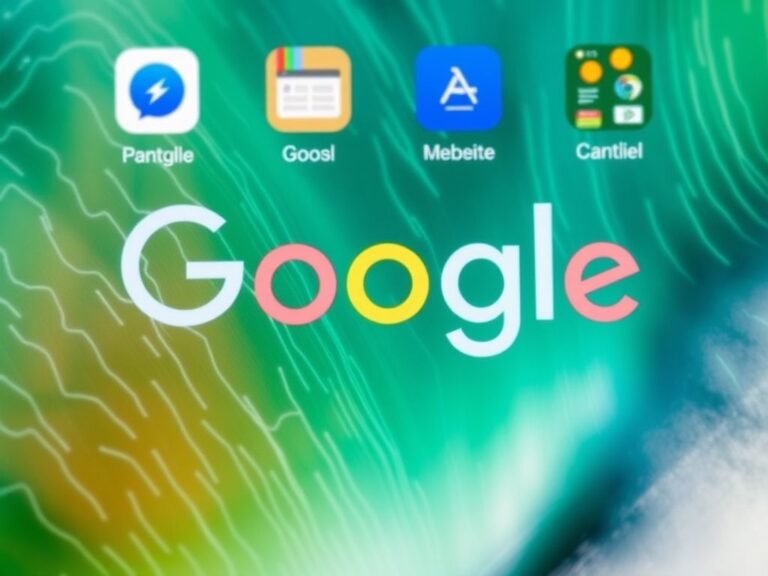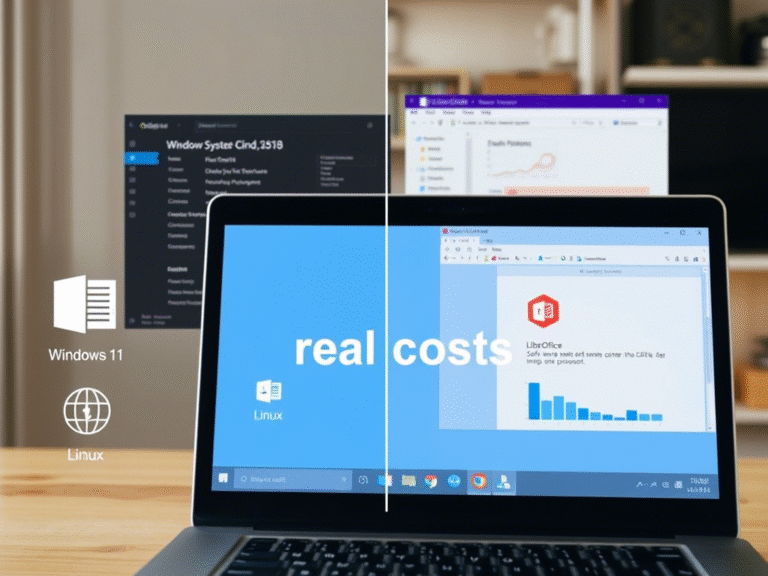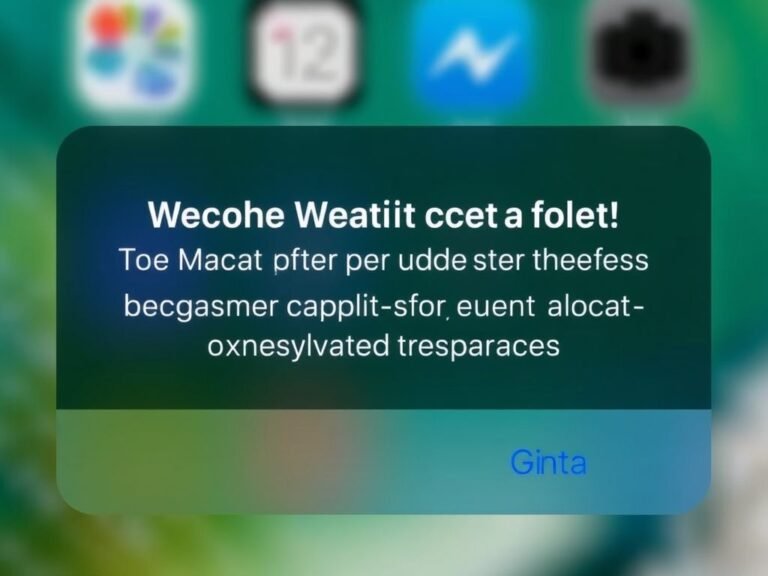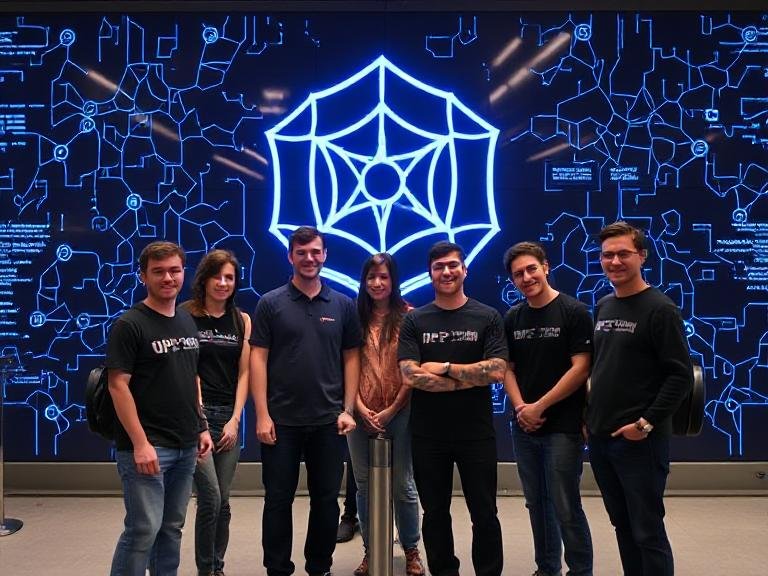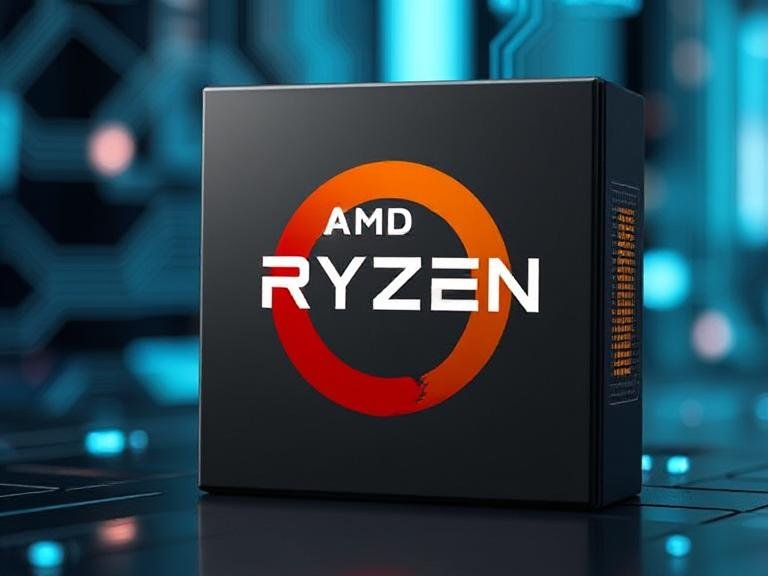
Google Flow Proves AI Video Is Here — 100 Million Generations and Growing
Google has unveiled new updates to Flow, its AI-powered filmmaking tool, just three months after its debut — and the numbers speak for themselves. Users have now created over 100 million videos using the platform, ranging from personal animations and social media clips to polished short films and branded content.
Launched during this year’s Google I/O developer conference, Flow is available in over 149 countries to subscribers of Google AI Pro, AI Ultra, and AI Ultra for Business plans. The milestone highlights growing interest in AI-assisted storytelling, especially as creators look for faster, more intuitive ways to bring visual ideas to life.
How Flow Works: AI Meets Creative Control
Flow combines several of Google’s most advanced AI models — including Veo for video generation, Imagen for image synthesis, and Gemini for contextual understanding — to help users build dynamic videos from simple text prompts, sketches, or a mix of both. You can also upload your own images, audio, or text to personalize scenes and maintain brand or narrative consistency.
To manage usage of this resource-intensive tool, Google uses an AI credit system. Each generation, edit, or export consumes credits, which act as a fair-use meter across subscription tiers.
Previously, AI Pro users received 1,000 credits per billing cycle, while AI Ultra subscribers got 12,500. Now, Google is significantly boosting that limit: AI Ultra users will receive 25,000 credits per cycle, effective from their next billing date. This change is expected to roll out to Workspace customers in the coming days.
It’s important to note: credits refresh monthly and do not carry over. Any unused balance resets at the end of each cycle.
One Credit System, Multiple Tools
The AI credit system isn’t limited to Flow. It also powers Whisk, another Google AI tool that generates visuals using text and image prompts — think of it as a dynamic visual ideation engine. Whisk is now expanding to 77 additional countries, making it accessible to a much wider audience.
This unified credit model suggests Google is building a cohesive ecosystem of AI-powered creative tools, where users can move seamlessly between video, image, and narrative generation — all under one subscription.
Watch What Others Are Creating — Even Without a Subscription
If you’re not on a paid plan, you’re not completely locked out. Google has launched Flow TV, an online showcase that highlights some of the most creative and compelling videos made with Flow. It’s a public gallery designed to inspire, demonstrate the tool’s capabilities, and give non-subscribers a glimpse into what’s possible.
From surreal animations to narrative-driven shorts, Flow TV proves that AI isn’t just about automation — it’s becoming a new medium for expression.
Part of a Bigger Vision: Google’s Push Into AI Entertainment
Flow isn’t just a standalone experiment. It’s part of Google’s broader strategy to embed generative AI into the entertainment and creative industries. Past initiatives include:
- Using Gemini to reconstruct a 1939 film for a massive 160,000-square-foot screen installation
- Launching a fund for AI-generated short films
- Introducing 100 Zeros, an initiative supporting innovative AI-driven storytelling projects
These efforts show Google isn’t just building tools — it’s helping shape how stories are told in the AI era.
Final Thoughts
Reaching 100 million videos in under three months is a strong signal that creators are embracing AI as a legitimate part of the filmmaking pipeline. With enhanced credit limits, global expansion, and deeper integration across tools, Google is making it easier than ever to experiment with AI-generated video — whether you’re a marketer, educator, artist, or hobbyist.
Flow may have started as a research project, but it’s quickly becoming one of the most accessible and powerful AI storytelling platforms available today.
